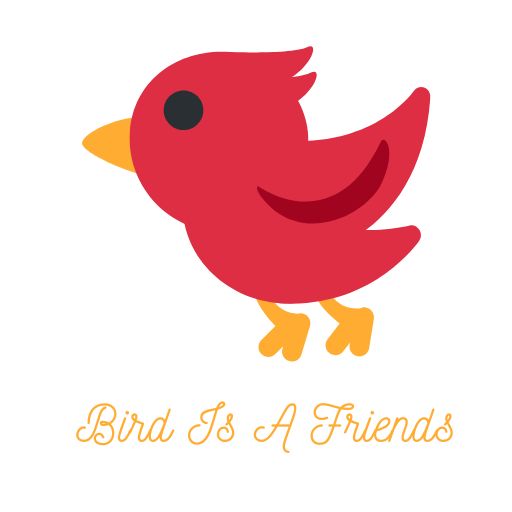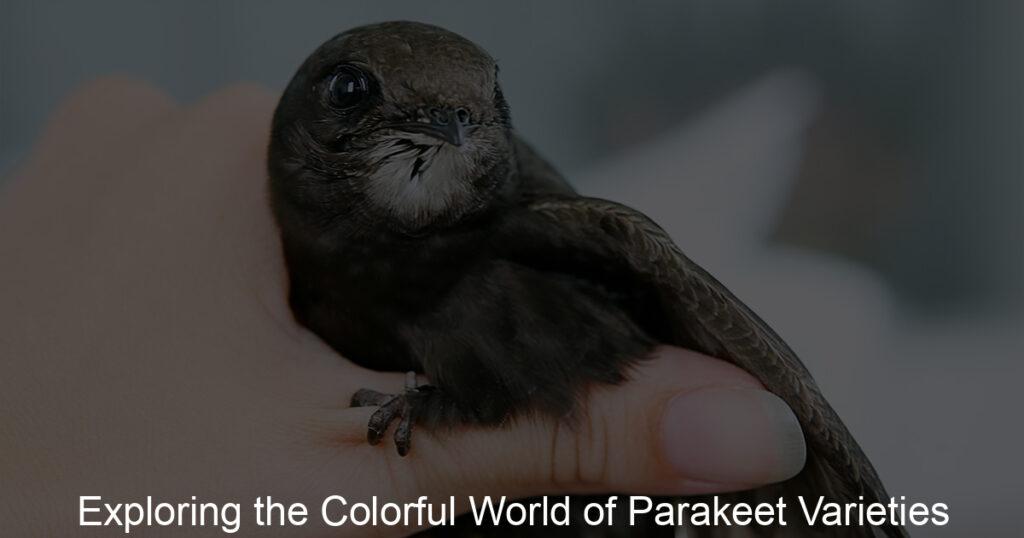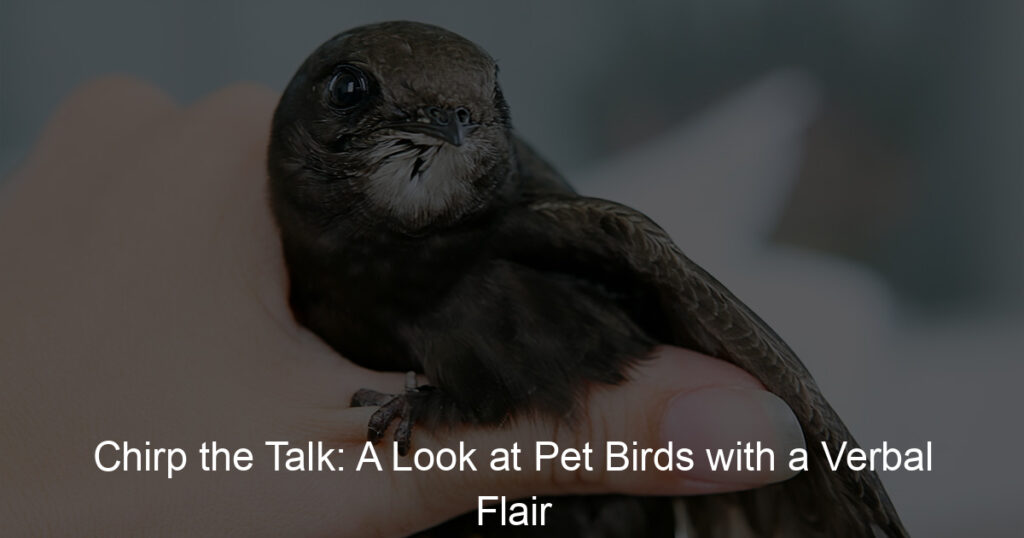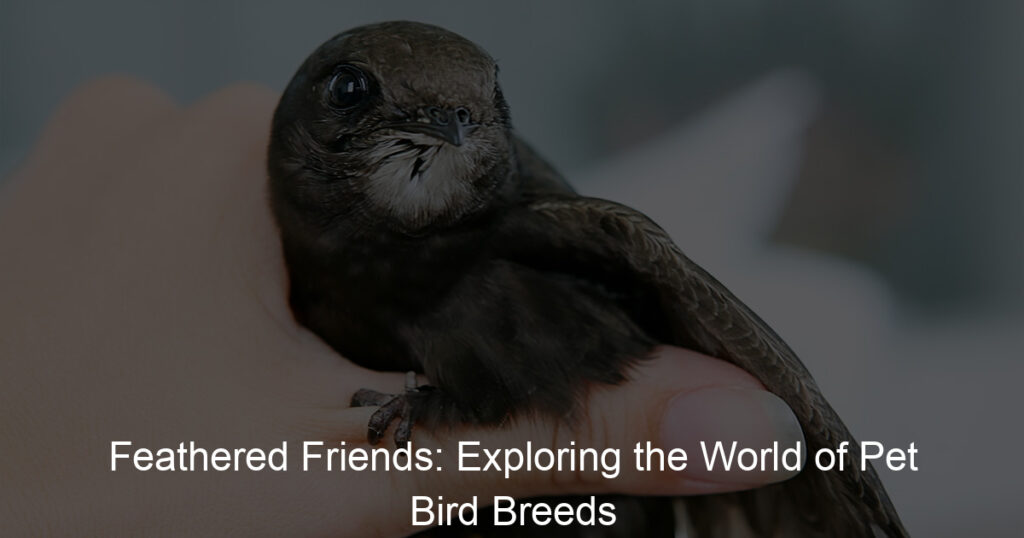Are you considering adopting a Parakeet for your home, but aren’t sure when the best time to get one is? Adopting an adult or juvenile parakeet can be a rewarding and fulfilling experience, providing you with years of companionship and unconditional love.
The timing of when to adopt a parakeet will depend on various factors such as availability, cost, resources available in your area/region, and lifestyle. However, certain ages will make it easier for owners to better adjust and form lasting bonds with their new feathered friends.
In this blog post, we’ll cover why the best age to adopt or purchase a parakeet is between 4 weeks – 3 months old, the benefits of adopting at this age range versus others, bonding tips once adopted, and much more! Thanks for reading – let’s dive into why 4-3 months is generally referred to as the optimal period to start a life together!
What is the best age to get a parakeet?
The best age to get a parakeet is between 8 weeks and 5 months. Getting a younger parakeet usually means a decrease in cost, since baby birds can be picked up for much less than adult ones.
However, this also means that you won’t get the same level of socialization and physical development as they do over time. An ideal compromise between price and having an already-socialized bird is to look for juveniles aged around 5 months; they’ll still have plenty of time to become used to their new home, while also being able to pick up tricks more quickly than a younger bird.
Ultimately, it’s important to go with what works best for both the budget and lifestyle!
What is the best age to buy a baby budgie?
The best age to purchase a baby budgie is around 8-10 weeks old. Budgies grown during this period of their lives have been known to be very responsive, curious, and affectionate – traits that make for excellent pets!
When purchasing a budgie, look for active birds with clean feathers who wear clear eyes and eat greedily. Additionally, even at 8-10 weeks old, you should be able to tell the two sexes apart – males typically have more vivid colors than females.
Cheerful birdwatchers agree that early budgies are the most desirable species and taking care of one in its formative years comes with exceptionally rewarding results!
What age is best to buy a bird?
Buying a bird is a big commitment, as birds can live up to 20 years. As such, it’s important to assess what age is best when purchasing one. Generally, it is recommended to purchase an older bird between 1 and 6 years old.
An adult bird has generally matured and should be easier to care for than a young one. It will also have been exposed to other people, making it more trusting and comfortable in its new environment.
Furthermore, a mature adult may have mellowed out, meaning that it won’t have the same energy level as a baby or juvenile bird, which requires extra attention from its owners.
Ultimately, the decision of what age to purchase a bird should come down to whichever fits your lifestyle and capability the best.
At what age should you tame a budgie?
When it comes to taming a budgie, the earlier the better. Generally, experts recommend starting when your budgie is at least 8 weeks of age. Taming your feathered companion at such a young age means that you will already have established trust and a close bond with them by the time they reach adulthood – making for a much happier relationship between you and your pet!
Furthermore, taming your budgie early allows them to learn basic commands such as perching on a finger or even mimicking words or phrases from their human companion. If you’re looking for a lifelong friend who can be fun, start taming your budgie early on in life!
How do you get a parakeet to trust you?
To get your parakeet to trust you, first make sure they feel safe and comfortable in their home. Introduce yourself gradually, speaking softly and calmly while providing treats to reward good behavior.
Play soothing music where the bird is kept, as this will help it relax. Spend time with your parakeet each day, allowing him to step up on your finger or arm if they are willing. Offering the bird a millet spray is a good way to build your relationship and increase trust.
Also, take care not to startle them with loud noises or sudden outbursts that could frighten them. Be patient but consistent with your approach and remain calm when establishing communication; eventually, your parakeet will know that you’re trustworthy and will respond positively through chirps, head bobbing wing flapping, and other signs of contentment.
How do you train a parakeet to like you?
Training a parakeet to like you is no easy feat! After finding the right parakeet that has the right personality and temperament, it’s time to get started. First, make sure your parakeet has plenty of space to explore and move around in their enclosure; this helps to keep its body and mind healthy.
Next, create a welcoming environment by talking softly or whistling as you approach their cage – talking softly stimulates curiosity and reduces fear. Additionally, use positive reinforcement-based techniques by offering treats or small pieces of fruit when they respond positively to your voice or presence.
Finally, be sure to be consistent with your words and actions so that your parakeet knows what to expect from you each day; this consistency will help them adapt faster to having you in their space. With patience and consistency, you’ll be able to train your parakeet with the utmost success!
The Bottom Line
Ultimately, the best age at which to adopt a parakeet bird is up to the individual and their lifestyle. Consider if you have enough time to commit to your bird each day.
Remember, young birds need more attention so it is important to plan for adequate training sessions and interaction. Also, consider if you prefer regular birds or breeding birds; breeding birds require additional attention and commitment.
Decide based on what fits best with your needs and desired outcome from taking in a Parakeet bird. Lastly, take into account the availability of space in your home and environmental factors that may benefit or detrimentally impact the health of a pet bird.
With these points taken into consideration, you will be able to choose an age that suits your situation best.








